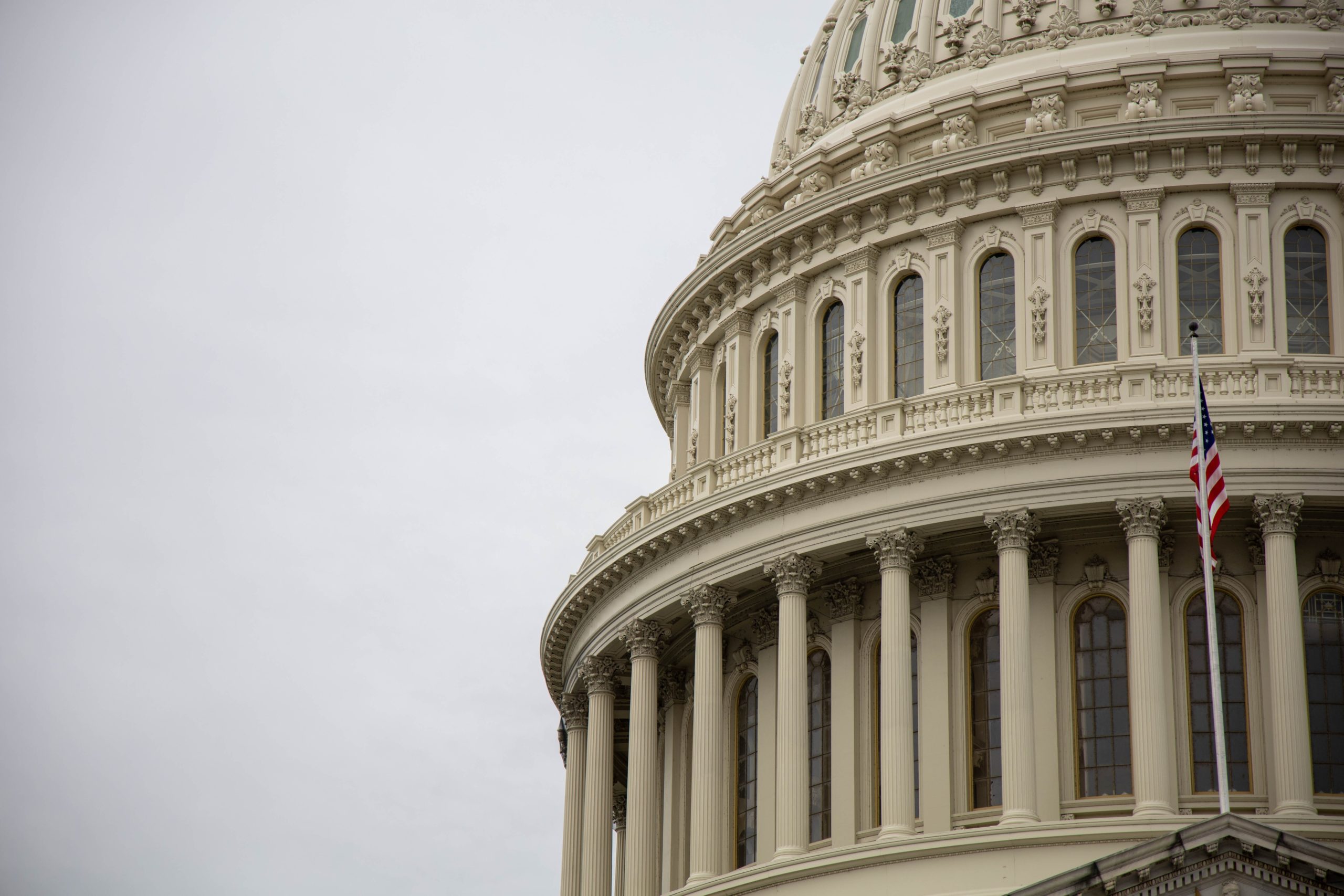Ambivalence to Fair Use in U.S. Trade Policy

On June 16, 2020, President Ramaphosa of the Republic of South Africa referred the Copyright Amendment Bill (“CAB”), which had been awaiting his signature for more than 18 months, back to the Parliament. This action appears motivated at least in part by the U.S. Trade Representative (“USTR”)’s concerns about the CAB’s inclusion of a fair use right. This is the most recent example of apparent ambivalence towards the “exportation” of fair use in U.S. trade policy over the past 25 years—notwithstanding that the Supreme Court has twice held that fair use is a built-in accommodation between the Copyright Act and the First Amendment. (See here for the text of the fair use and fair dealing provisions that have been enacted in more than 40 countries with over a third of the world’s population.)
In April 2019, the International Intellectual Property Alliance (“IIPA”) filed a petition with USTR claiming that if the CAB went into force, South Africa would deny adequate and effective protection for intellectual property, a requirement for eligibility for trade preferences under the African Growth and Opportunity Act (“AGOA”). A central complaint of the petition was CAB’s flexible fair use provision modeled on 17 U.S.C. § 107. In October 2019, based on the petition, USTR initiated a review of South Africa’s eligibility for AGOA, even though President Ramaphosa had not yet signed the CAB into law. As part of its review, USTR requested submissions from interested parties, held a hearing, met in Washington with South African government officials, and sent staff members to South Africa on a fact-finding trip. The CAB’s fair use provision was frequently referenced at the hearing and on the fact-finding trip.
President Ramaphosa’s referral of the CAB back to Parliament forestalls USTR suspension of South Africa’s trade preferences, at least for the time being. IIPA likely views the derailment of the CAB as another effective effort of preventing the adoption of fair use in other jurisidictions. IIPA has successfully lobbied against fair use in Australia, Chile, Japan, and the EU.
But perhaps the most troubling aspect of the South African episode was USTR’s failure to stand up for fair use. To be sure, USTR never publicly stated that it was reviewing the CAB because of the fair use provision; the IIPA petition addressed many aspects of the CAB in addition to its fair use provision. At the same time, USTR never stated that it was untroubled about fair use in the CAB; it never voiced support for South Africa’s adoption of an exception based on what the Supreme Court has recognized as an essential element of U.S. copyright law.
In trade negotiations over the past quarter century, U.S. trade policy has consistently attempted to convince other countries to adopt IP regimes with levels of protection similar to those afforded by U.S. law in an effort to promote international trade. This advocacy for the replication of U.S. levels of protection, however, has had one major exception: the fair use right. On some occasions, the U.S. has supported adoption of fair use principles; on other occasions, it has opposed it.
During the negotiations of the TRIPS Agreement in 1994, the U.S. proposed language concerning exceptions even narrower than the Berne “three-step test.” It suggested that exceptions be permitted “only in clearly and carefully defined special cases which do not impair an actual or potential market for or the value of a protected work.” Professors Niva Elkin- Koren and Neil Netanel write that this language was “profoundly antagonistic to fair use.” Had it been adopted, Section 107 itself might have “run afoul of U.S. obligations under TRIPS.” Fortunately, the U.S. proposal was rejected and the Berne three-step test was incorporated instead.
Conversely, in 1997, when Hong Kong was debating whether to adopt a reverse engineering exception based on the EU Software Directive, the USG pressured the Legislative Council to adopt a flexible fair use provision in its place.
When the George W. Bush Administration started negotiating free trade agreements, USTR resisted any references to fair use. However, the Korea-U.S. Free Trade Agreement, signed in 2007, included at Korea’s insistence a footnote that permitted it to adopt an exception for fair use.
In 2012, during the negotiation of the Trans-Pacific Partnership (“TPP”) Agreement, the U.S. changed direction again under a new Administration when it proposed the adoption of language obligating parties to seek to achieve a balance in their copyright systems. This balance was to be achieved by means of limitations and exceptions “giving due consideration to legitimate purposes such as, but not limited to, criticism, comment, news reporting, teaching, scholarship and research.” This list of legitimate purposes comes from Section 107. Moreover, in its statement supporting this language, USTR stated:
An important part of the copyright ecosystem is the limitations or exceptions placed on the exercise of exclusive rights in certain circumstances. In the United States, for example, consumers and businesses rely on a range of exceptions and limitations, such as fair use, in their businesses and daily lives.
(See here for a more detailed discussion of the TPP language.) The U.S. pulled out of TPP in 2017 following the Trump election. The balanced copyright language, however, was retained in the agreement signed by the remaining eleven countries, the Cooperative and Progressive Agreement for Trans-Pacific Partnership.
Although the U.S. proposed the balanced copyright language in 2012, and supported the final text of the TPP agreement in 2015, it opposed inclusion of similar balanced copyright language in the U.S.-Mexico-Canada Free Trade Agreement, signed in 2018. Moreover, in 2013, during negotiation of the Marrakesh Treaty for exceptions for people with print disabilities, the U.S opposed a reference to fair use as one means of satisfying the Treaty’s obligations. Ultimately, the Treaty stated that a country could meet the Treaty’s obligations by “judicial, administrative or regulatory determinations for the benefit of beneficiary persons as to fair practices, dealings or uses to meet their needs,” consistent with the three-step test.
The oscillation in U.S. trade policy between supporting and opposing the “exportation” of fair use likely reflects conflicting impulses. On the one hand, the U.S. appears to recognize that fair use is a critical feature of U.S. copyright law relied upon by creators and users alike, that foreign creators and users would benefit from a fair use right, and that fair use in other countries would help U.S. technology firms in their operations abroad. On the other hand, the U.S. copyright industry seems to have convinced USTR that foreign courts would construe fair use so broadly, arbitrarily, and inconsistently as to cause creators significant harm.
There is no evidence to support this latter belief. To the contrary, Professors Elkin- Koren and Netanel’s thorough review of fair use cases in Israel (which adopted fair use in 2007 over U.S. copyright industry opposition) shows that Israeli courts apply fair use more stringently than U.S. courts. Israeli courts reject the fair use defense in 70% of cases, while U.S. courts’ rejection rate is only 40%. Further, although the statutory language of the Israeli fair use exception is almost identical to Section 107, Israeli courts impose an additional requirement on defendants: providing attribution to the original material. Thus, Professors Elkin- Koren and Netanel conclude that “far from being a license to unauthorized copying, fair use offers a conceptual framework for a sophisticated legal analysis weighing the conflicting values and considerations promoted by copyright law.” Hopefully USTR will hear this message and not prevent other countries from adopting fair use.








